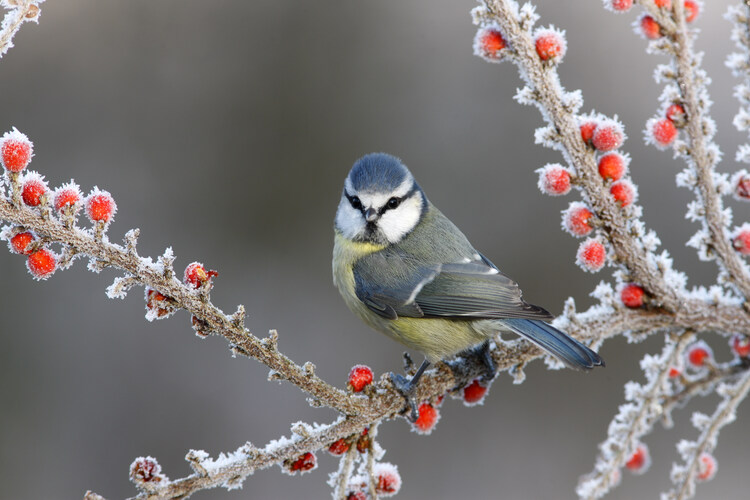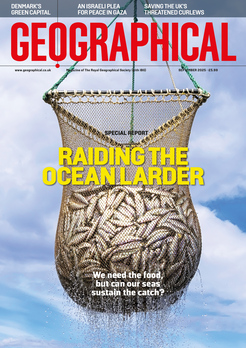
Attracting wild birds to your garden – the best bird feeders, where to put them and the best foods
By
It’s that time of year: the days have become short, the nights long, and a cold and grey winter is settling across the UK. Most plants, smaller mammals and many insects have gone to sleep until the spring and the migratory birds have, perhaps sensibly, departed to warmer climes.
But there are many birds who aren’t scared of the British winter and, if you know how to attract them, they will add colour to otherwise drab winter gardens.
Leaving food out for hungry birds is, of course, the easiest way of attracting them. You don’t even need to have the space of a garden. A suitable and properly stocked bird feeder can even be put up on a window to attract birds safely.
Here are top tips on bringing some avian colour to your home this winter.

Get the right feeder for the job
There are many different styles of bird feeders on the market and each serves a particular job. In all cases, though get one that’s weatherproof, made of quality materials and is easy to clean. The following are the main types of feeders:
- Seed Feeders A seed feeder is ideal for attracting smaller garden birds such as robins and various tits. They can be stocked with mixed seeds or sunflower seeds. A mix of both, then you’ll attract a bigger range of birds.
- Suet feeders These are normally wire frame feeders in which are placed shop-bought or homemade fat balls packed with seeds, or even insects. Tits, finches and starlings are big fans of these feeders but in general, they will be used by a wide range of birds.
- Bird table Some birds prefer to eat on flat ground such as a bird table. When choosing or building a bird table, ensure it has water runoff channels and a roof to keep the rain out. If there are no cats or other predators in the neighbourhood, then you can also put a feeder directly on the ground for ground feeders.
Where to place the feeder
The bird feeder needs to be put in a place that will make it both attractive to birds as well as visible to you. Take these tips into account:
- Birds only feed in a place where they feel safe. Put the feeder close to bushes or trees but not actually within them (though the end of a small tree branch is fine).
- Ensure the feeder is placed in such a way that birds will be able to see any approaching danger.
- Make sure the feeder has protection from bad weather and won’t be blown around too much by the wind. It’s best if the feeder is at least partially in the shade.
- Feeders should be raised at least one-and-a-half metres above the ground (unless trying to attract ground feeders).
- If you live in an flat without a garden, then you can use a special clear feeder designed to stick to windows.

What to feed birds
With the feeder now well positioned, it’s time to stock it with suitable food, but just what is it that birds like to eat? Prepare a birds’ banquet with the following.
- Cereal grains such as barley, wheat, oats, maize and millet, and sunflower seeds.
- Unsalted fresh peanuts. Put these in a feeder with a smaller mesh so that the bird can only break small bits off the nut.
- Fruit slices such as apples, pears and soft fruits.
- Raisons and sultanas
- Scraps of food such as plain cooked pasta, rice and couscous. Uncooked, unsalted bacon rind.
- Dried insects such as mealworms (can be bought in packets from pet shops and garden centres).
- Net free suet balls (use a dedicated suet ball feeder)
- Finally, don’t forget to give the birds a bowl of fresh water.
Keeping predators and other unwanted guests away
It won’t just be you watching the birds. The local cat population will be licking their lips in anticipation of all these feathery snacks, while squirrels will be happy to steal the bird’s banquet. To keep them away, keep the following in mind.
- Place feeders away from fences or other objects that cats could use to get close to the birds.
- Locate the feeder up high and beyond the reach of cats.
- Use a squirrel-proof pole to mount bird tables and feeders on.
- Squirrels can jump up to three metres, so position the feeders a good distance from trees or other objects the squirrels could leap from.
- Buy a squirrel-proof feeder. These are generally just normal feeders with a cage around them. The birds can get in, but the squirrels or bigger birds can’t.
Sick Birds
Keep an eye on the birds visiting your feeders. If you notice that one is visibly ill then it’s wise to stop putting out food for at least two weeks. To prevent the spread of disease, clean your feeders thoroughly at each re-fill.
Over the past few winters, avian-flu has become a bigger problem. Transmission to humans is very rare, but between certain birds it’s highly transmissible. Fortunately, it currently doesn’t seem to be a big threat to typical garden birds.
Keeping all these tips and suggestions in mind will mean a garden full of birds and a brighter winter for you.
Related articles:




